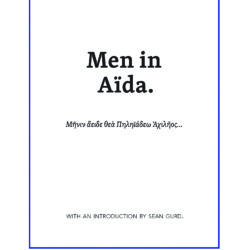The Jews
Published: 02/12/2016
The Jews is an anti-historical thriller in the form of a Talmudic tragicomedy, taking place sometime during the Second World War. Stalin and his Minister of Security Beria are worried about the political developments in Germany, where Martin Heidegger has replaced Adolf Hitler as Chancellor of the Third Reich. Suspecting that the Frankfurt School, headed[…]








